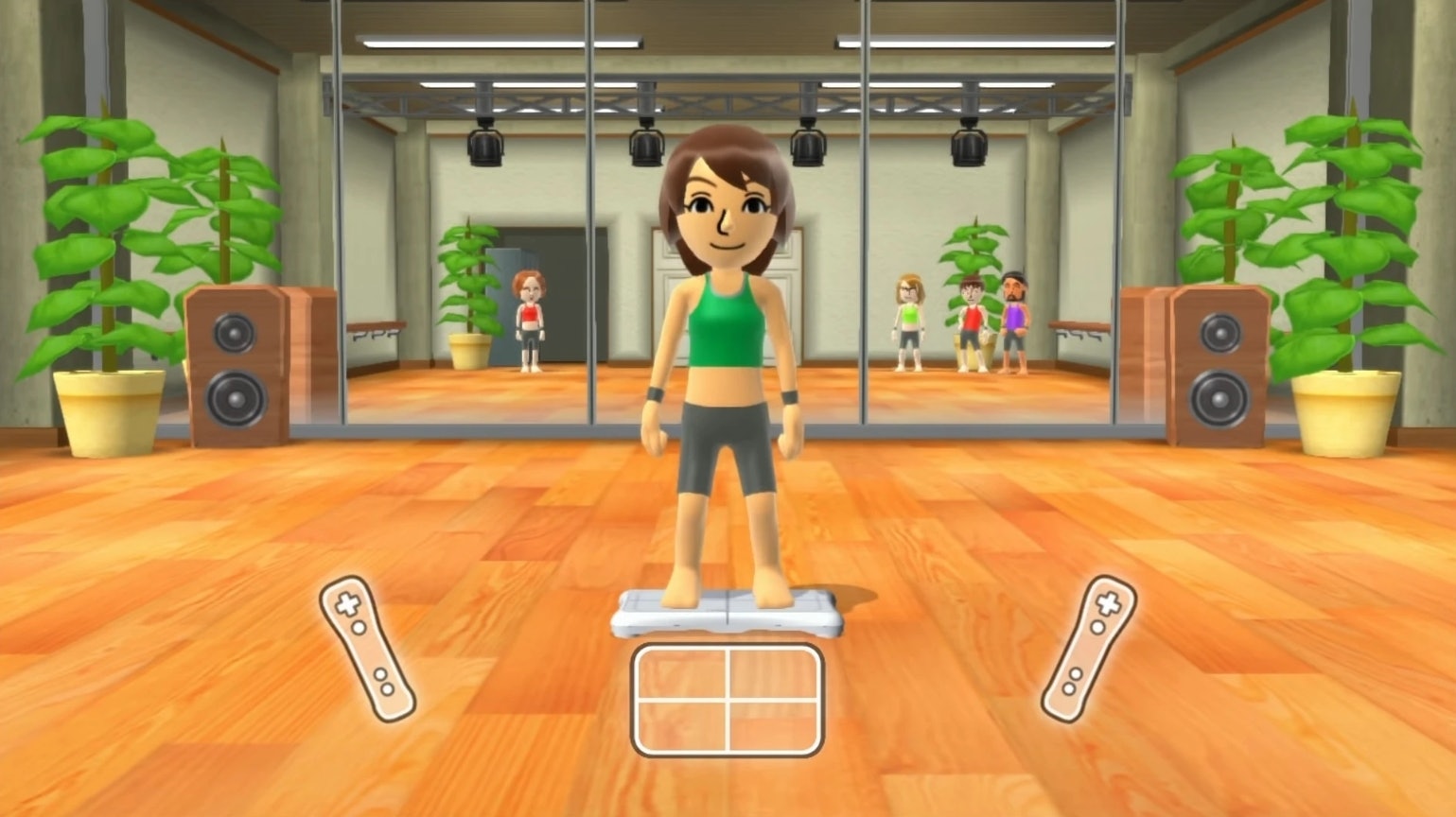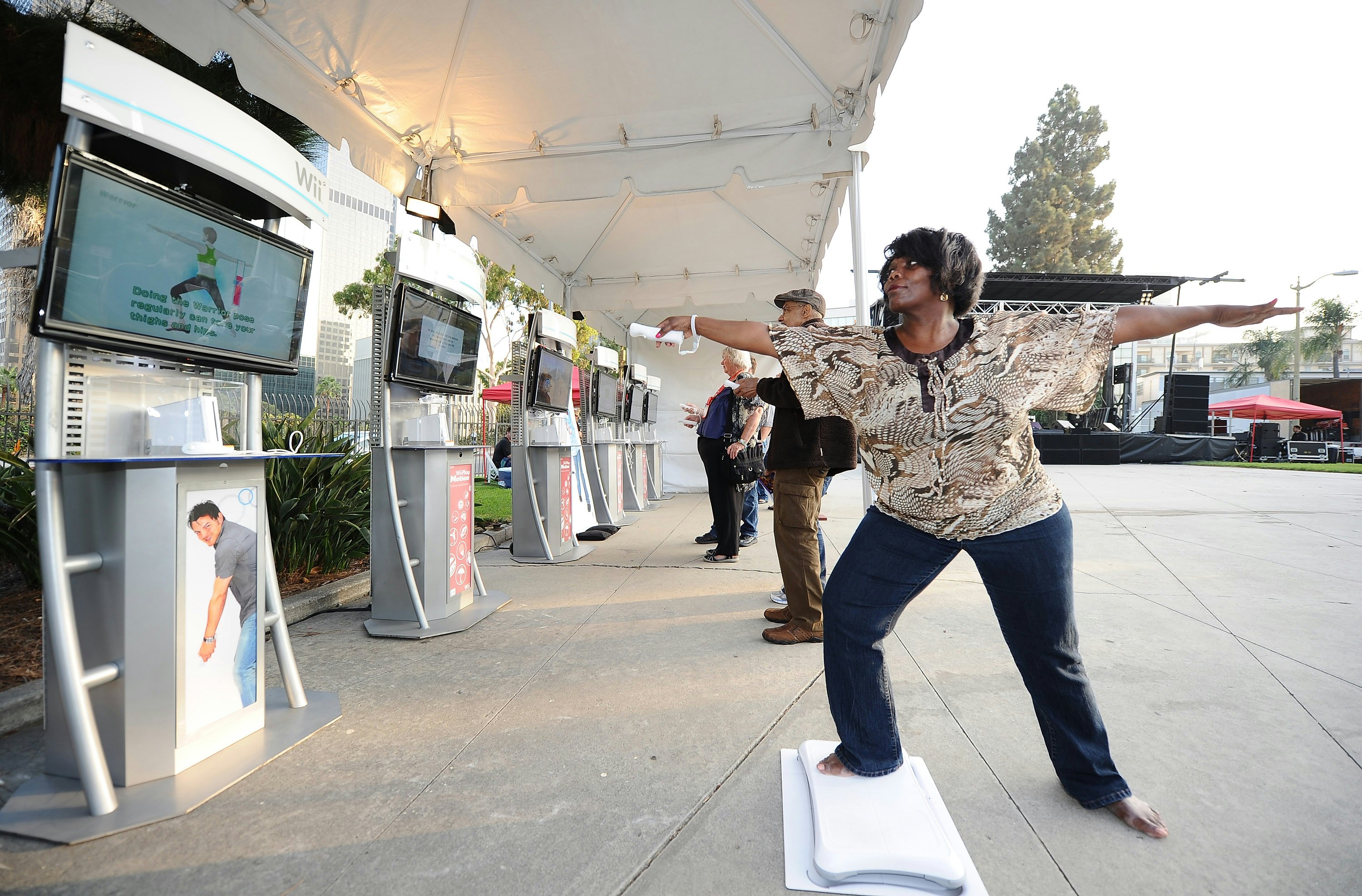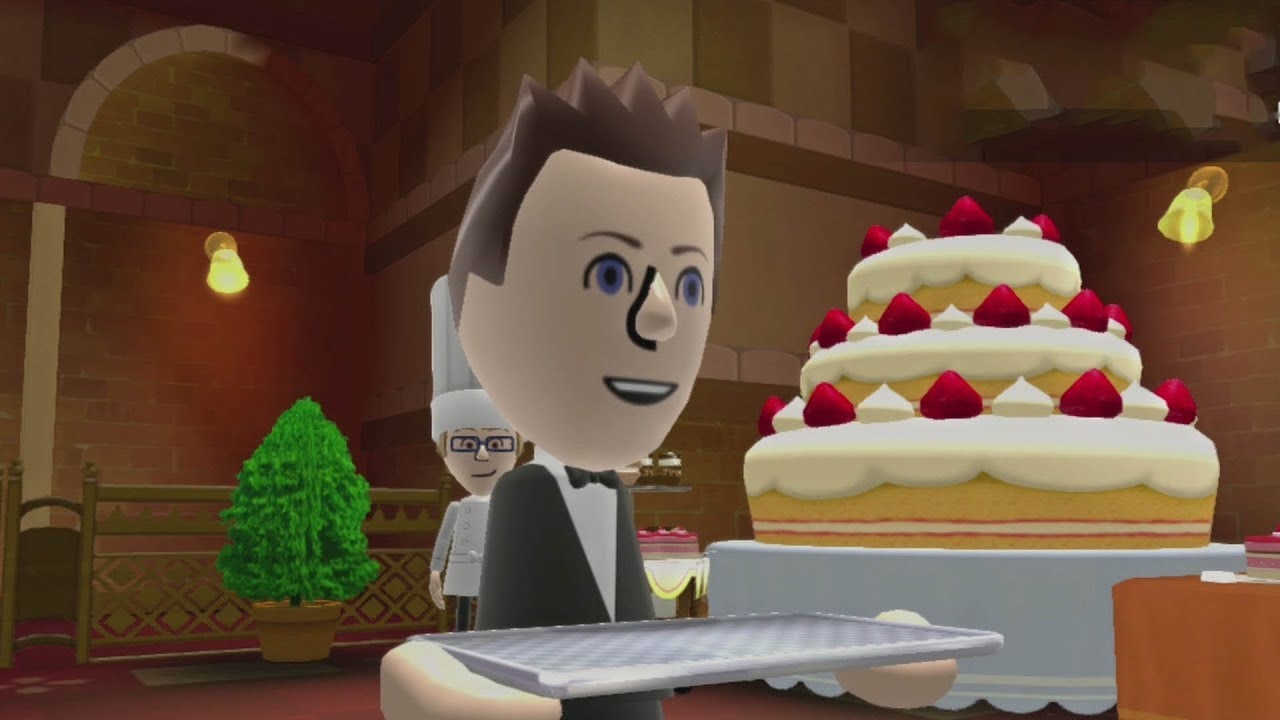
If your resolution for 2008 involved exercising more, the odds were good that Nintendo’s novel fitness game flew off the shelves, becoming an all-time bestseller despite its hefty balance-board peripheral, which ballooned the price tag to $90. Fawning press coverage followed: Nintendo’s Wii Fit was helping children perform physiotherapy and entertaining Finnish soldiers, among other benefits.
You didn’t need a business degree to greenlight a sequel. Wii Fit U, however, “only” sold about 860,000 copies, an enviable number for many developers but a scrawny little figure compared to the 43.8 million moved by Wii Fit and its enhanced re-release, Wii Fit Plus. What happened? Had the gaming community decided good health was overrated by the time January 2014 rolled around? Maybe some of us were mainlining Doritos, but the sequel’s struggles were emblematic of a broader malaise at Nintendo.
Wii Fit used its balance board — essentially a bathroom scale capable of detecting your center of balance — for dozens of exercise-oriented minigames ranging from yoga to virtual hula hooping. These games emphasized balance, posture, and light aerobics. To play the skiing minigame, for example, you squat and then lean sideways to steer. There were concerns about how effective the exercise really was, but to any Wii owner who’d so much looked at the Wii Sports disc that came with their console, Wii Fit was an easy-to-grasp iteration of Nintendo’s famous motion controls.

Six years later, on a new console in a new decade, Wii Fit U was… the same basic product. It came bundled with a pedometer and added new minigames, like a scuba adventure and lots of dancing. But the overall vibe was, “Don’t I already own this?” Given that might as well have been the Wii U’s motto, you can understand how Nintendo struggled to move units.
Was it fun? Sure. Like many of Nintendo’s best titles, Wii Fit U kept things light and breezy, never discouraging players after they failed to dance the digital flamenco. Wii Fit had been widely praised, and Wii Fit U’s review average only dropped a few points, but the criticism it did receive was telling.
Polygon complained about the “unreasonable number of peripherals” required (ideally, you needed the board, the pedometer, and multiple Wii MotionPlus remotes) and noted, “Any wannabe workout enthusiast would be better served by surrounding their floor with actual fitness equipment.” Joystiq said even a “cheap workout DVD” had more long-term vision for your health. There weren’t enough new ideas, the hardware was a little wonky, and it wasn’t a serious replacement for actual exercise equipment. Yes, it was kind of fun, but to what end?

Wii Fit U is a perfect microcosm of the Wii U itself. While the Wii sold like hotcakes, the Wii U sold like those same hotcakes after they’d spent a few weeks in the sun. The console’s struggles are well-documented: the hardware was weak, its purpose as a Wii successor wasn’t obvious, and it was too reliant on gimmicks and old glories. Mostly, it just felt like Nintendo had run out of ideas.
Wii Fit was new and novel in 2008, but by 2014, the competitors and knockoffs were out in full force. Just Dance, Kinect Sports, and Zumba Fitness were just a few of the many titles available to gamers worried about the groove they’d worn in their couch. It’s flattering to be imitated, and these games weren’t without their flaws, but it felt like Nintendo saw a bunch of competitors approaching and responded by closing its eyes.

This may seem like a mean-spirited retrospective, a look back at when it was easy to kick Nintendo while the company was down. But a decade removed from the debate over whether a video game can replace the gym, it’s amusing to dust off the balance board and use your body to blast mud monsters with a hose. It won’t get your heart pounding, but it’s a reminder that Nintendo, even at its lowest, was full of weird and amusing ideas.
It’s also a reminder that good ideas are often born from bad ones. The Switch’s design ethos was essentially “What if the Wii U was good?” and Nintendo hasn’t abandoned the exercise game either. Its latest effort, Ring Fit Adventure, was just a major reinterpretation of the concept. It helped that its 2019 release came shortly before lockdown made people crave any form of novel stimulation, but it also felt gamier, an adventure with levels and skills that happen to be gained with exercise. Maybe it’s no substitute for the gym either, but it has a coherent vision.
Today, the Wii-brand series is an intriguing casualty of the Switch’s laser focus on core gameplay. Wii Fit U was the second-last game released for the experimental, family-friendly line, with only Wii Sports Club, a Wii Sports remake riddled with technical woes, following it. From Wii Music to Wii Party and even Wii U Panorama View, these titles are a throwback to a time when any Wii accessory was a license to print money. Wii Fit U may have been an underwhelming coda, but its failure helped Nintendo realize that it too needed to get off the couch and try something new.







